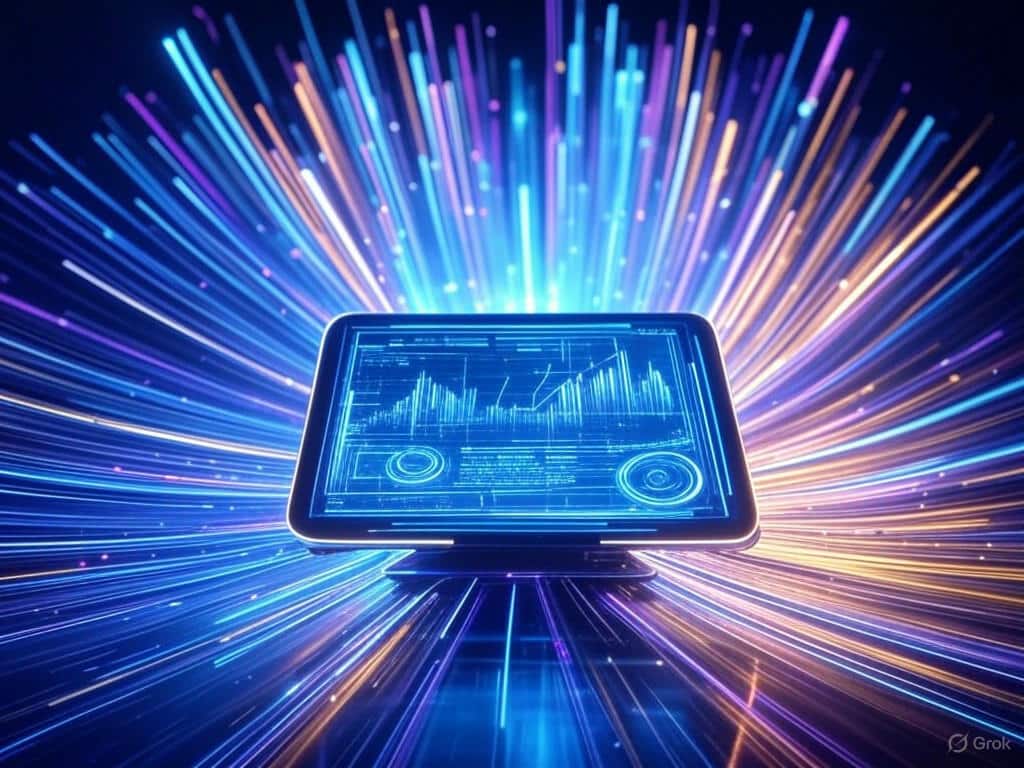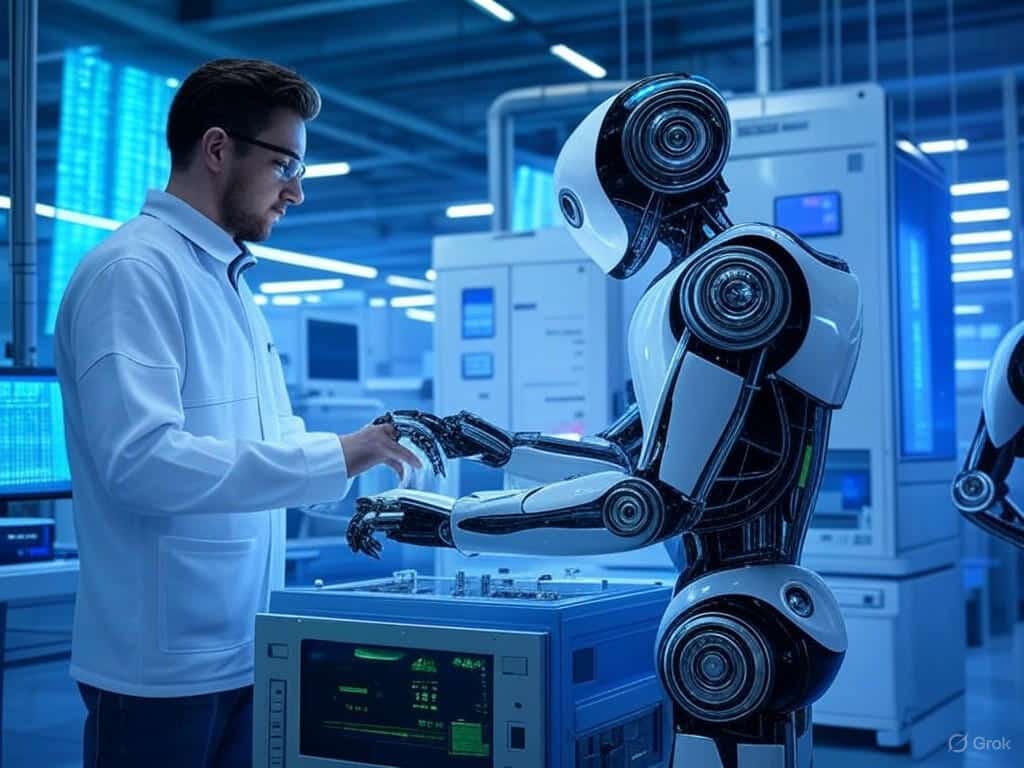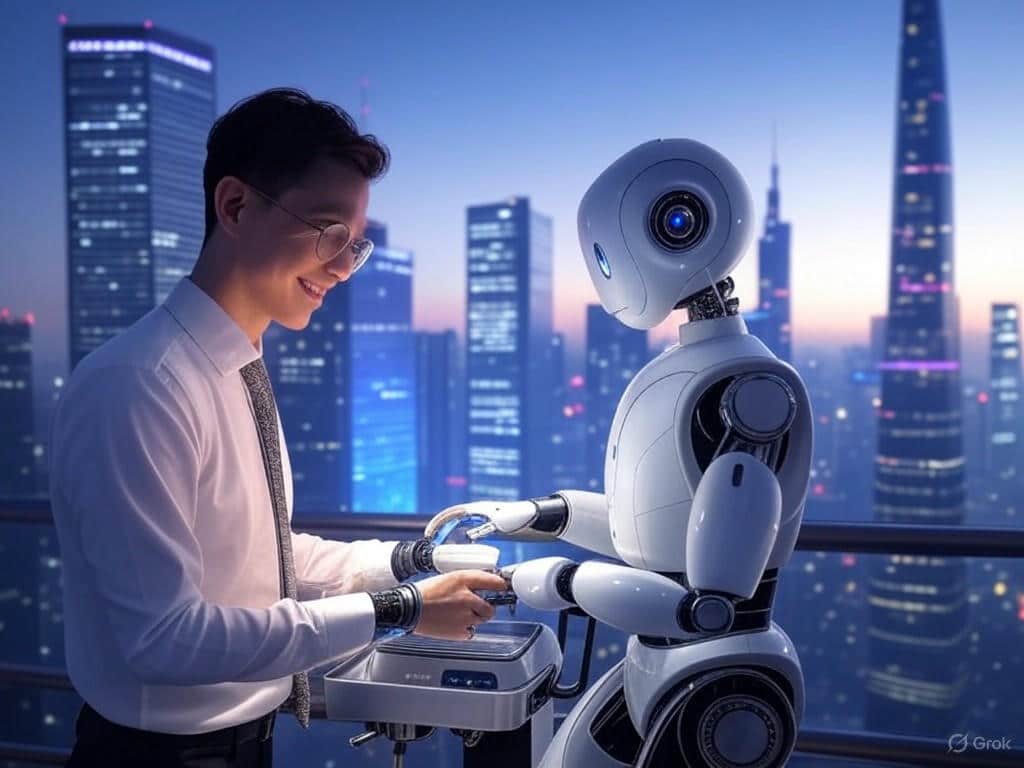When I first started organizing events, from workshops to neighborhood community meetups, I believed that creating a visually appealing invitation would be enough. Yet, despite the sophistication of the image or the tantalizing subject line, my RSVPs told another story. The guests were not showing up. That is when I broke the so-called “best practices” and started conducting experiments with real-world methods that showed me results.
In this blog, I’m sharing what I’ve learned the hard way. These are the event invitation email formats that worked for me in actual campaigns, emails that got people to click, respond, and attend.
Reasons Your Invites Go Unnoticed And How To Fix It?
Have you ever spent hours and invested time in creating an email but got only crickets in response, don’t worry, you are not alone.
Here’s what I have figured out as possible reasons of failed invitation email for event:
- Too much information
Too many details in one email cause people to zone out. They will get bored.
- Unclear subject lines
A clichéd “You’re invited!” doesn’t stand out against the 50+ other emails in their inbox.
- Weak Or Non-Compelling CTAs
If it’s not clear what you want readers to do, they won’t do it. They are not interested in your guessing games because they have many other things to do.
One of my first emails had a beautiful design but did not have a clear RSVP link. Folks did not know how to respond, and guess what? They did not.
Remember there is no such thing as a perfect email invitation but your email invitation for an event is your ticket to convincing and converting.
4 Email Styles That Always Delivered
After dozens of attempts and more than a few failures, I started to recognize patterns. These are the styles that produce actual results:
1. The Personal Nudge
This style is considered best for Peer events, and networking nights.
The friendly, conversational tone feels like a personal note.
You may opt for catchy Subjects like “Quick Question About Thursday”
The body of the email must be short, to the point, and from a personal name, not a brand. These earned twice the open rate of my generic invites.
2. The Countdown Invite
It is considered best for Product demos, webinars
Creates a sense of urgency with a time limit.
The email subject should be compelling like “Only 3 Seats Available – Join Us?”
The body must Contain a countdown clock or expiration date. I used this to invite people to a product demo and found that RSVPs tripled overnight.
3. The Speaker Hook
This event invitation mail could be considered perfect for expert lectures, and panel discussions.
Leans on your headliner’s name to immediately build credibility.
Subject: “Hear Dr. Green Talk About What’s Next in Fintech”
The body must emphasize your speaker’s value. Add a short, concise bio and an RSVP link.
4. The Community Builder
It is best suited for friendly mixers, neighborhood meetups
Friendly, casual, and locale-centric.
The subject must be “Coffee + Good Company – Join Us This Friday at Borough Market”
The body should Focus on connection. Mention a couple of familiar faces or communities to spark people’s interest.
The Formula Behind Every Successful Event Invitation Email
Regardless of shape, every successful email had these features:
Subject Line
Hyper-specificity overshadows cleverness.
Mention time, place, or person for immediate context.
Examples:
“Breakfast Networking at The Ned – This Thursday”
“Cybersecurity Briefing for London CTOs – RSVP Now”
First Line
Drop the offer into the opening line. No hellos. No intro.
Structure
Who is the event targeting?
What will they gain from it?
Where & When is it happening?
How can they RSVP fast?
Call to Action
Use the single button. Make it large, simple, Urgent, and direct:
“Reserve My Spot” or “I’m In”
Why Localisation Isn’t Optional Anymore
London is a global capital, and context matters. Localization isn’t just about calling something a place, it’s about being culturally agile.
This is how I localized my emails to achieve more clicks:
- Employed common references: “Just off Liverpool Street” is more effective than an address.
- Referred to actual weather: When outdoors, I included forecasts.
- Organized And Schedule Based On Rhythm: Avoided peak hours or holidays, planned around workweeks of industry.
Local references reduce resistance and build instant rapport. Even the simple “See you near Borough Market” sounds like you’re being invited by a friend.
Real Examples That Delivered Results
Example 1
A perfect yet deliverable invitation email sample for a semi-formal event.
Creative Meetup
Subject: Let’s Catch Up This Thursday @ The Attendant (London)
Hi [First Name],
We’re gathering some designers, writers, and indie makers this Thursday at The Attendant in Fitzrovia. No speeches. Just coffee, stories, and good company.
When: Thursday, 6 PM
Where: The Attendant, Fitzrovia
Why: Meet new folks and reconnect
Only 15 spots. Want one?
[Yes, Count Me In]
Example 2
A template for formal invitation email for an event, I ensure that it would generate results and RSVPs like crazy.
Executive Roundtable
Subject: Cybersecurity Leadership Briefing – RSVP for Oct 10
Dear [First Name],
We’re hosting a private roundtable for CTOs and CISOs to discuss 2024 threats and strategies.
When: Tuesday, Oct 10, 12 PM
Where: The Ned, London
Format: Invite-only. Lunch included.
Seats are limited to 20 tech leaders.
[Reserve Your Seat]
What I Did When I Sent a Follow-Up Email
Yes, follow-up emails are uncomfortable. But you know what’s less comfortable? A space.
A simple reminder email 24 hours in advance. Up to 30% higher attendance. My go-to recipe:
- Subject: “Still Joining Us Tomorrow?”
- Body: “Just a reminder that we’re on for tomorrow at 6 PM at The Attendant. Let me know if plans change.”
It’s still polite, helpful, and human.
Tools That Have Made My Life Easier
These three tools helped me stay organized and monitor what worked:
- Mailchimp
Mailchimp is not just an email marketing tool, it’s my testing laboratory. I rely on its A/B testing feature to refine subject lines, while its automation workflows allow me to set up follow-ups without even having to touch a button. The analytics deliver real-time feedback about what is working.
- RSVPify
I use RSVPify when I want my event to feel premium-quality but simple to host. It lets me create professional-quality RSVP pages, cap guest numbers, send reminders, and export guest lists without needing a developer. Guests have a seamless experience, and I’m still in control.
- Google Calendar + Email Reminders
It’s easy and effective. I put calendar invites in the confirmation email and use scheduled reminders within Gmail or Mailchimp. Just doing this step alone has decreased my no-show rate significantly.
Final Verdict
Getting people to open, read, and act on your event invitation email doesn’t require fancy design rather it requires relevance, clarity, and timing. From personalized nudges to countdown urgency, every format I’ve shared is rooted in real outcomes. Tools like Mailchimp and RSVPify helped me stay efficient, but the real game-changer was writing with intention and local context.
It is not a marketing gimmick. It is about communicating with your audience starting with one nicely worded invite at a time.
Frequently Asked Questions
Do simple emails perform better than designed ones?
Yes, as seen in many cases, a simple email feels more personal and easier to convey a message. Also, these simple emails perform load easily and quickly on mobile phones.
Should a Long email perform better or a shorter one?
It is recommended that you keep it short and brief. Try and stay within 150 words as it would help readers decide whether to read till the end or move on.




